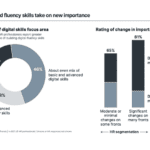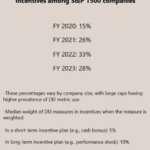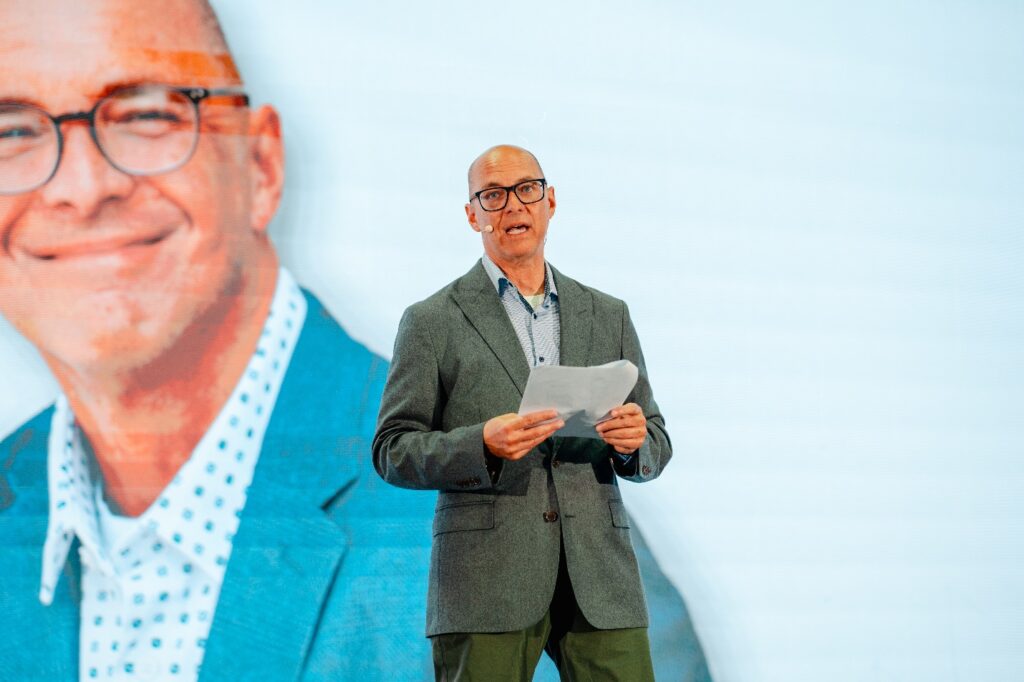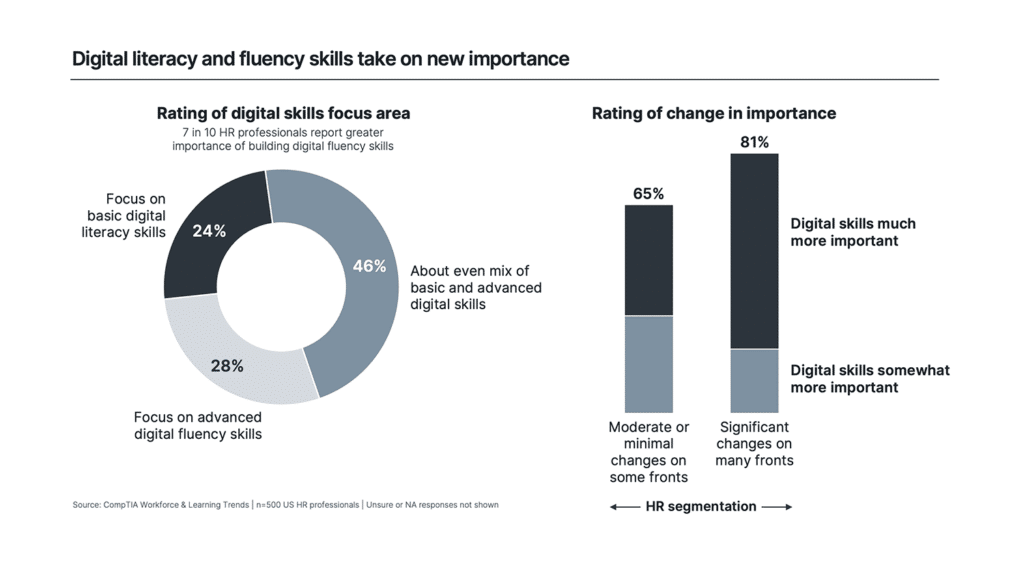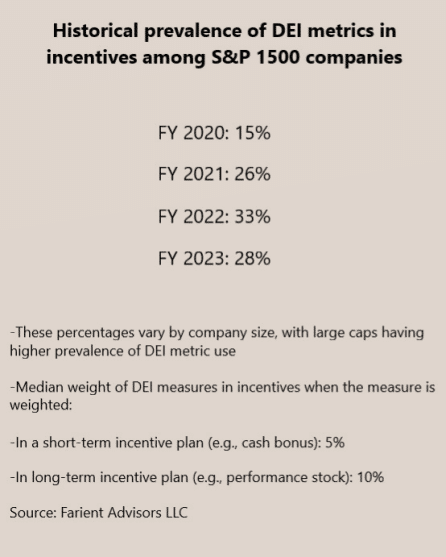Change is inevitable, but creating impactful, sustainable change? Steve Boese, the chair of the HR Technology Conference & Exhibition and co-founder of H3 HR Advisors, explored that topic at the recent HR Tech Festival Asia 2024, where he discussed how organizations should seek to use trends within the workplace to create permanent, lasting change.
As Boese explained, these changes are part of how the workforce is now formulated and affect the state of organizations within. These changes include the advancement of technology, economic factors and new cultural norms that affect the makeup of society and how people work. This is requiring that HR expands how organizations identify talent, such as searching for candidates from different backgrounds, education and even locations, where possible, in creative ways.
At the same time, organizations also have to consider making additional investments in employee development to reskill and upskill employees to meet the challenges that change and new technologies bring.
“Organizations should take advantage of the new entrants into the workforce who often bring with them expertise and enthusiasm for new digital tools,” Boese shared. “These employees can be used to help more experienced workers manage the transition to new tools and to bring new and fresh perspectives to the workplace.”
More from Steve: 3 critical HR challenges that AI hasn’t solved yet
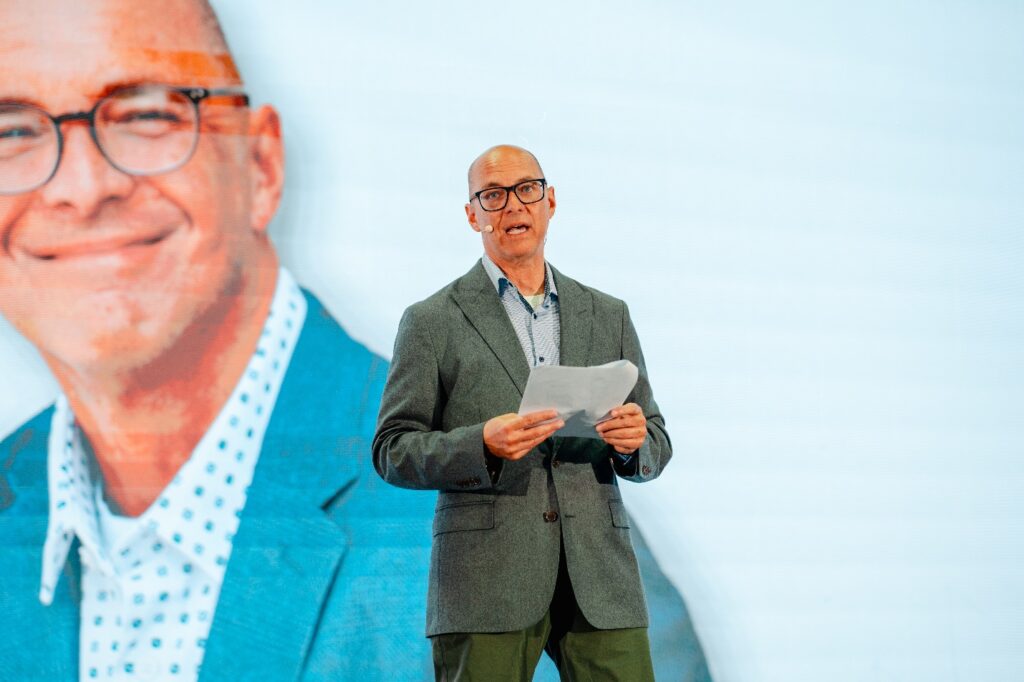
Implementing change within organizations and their processes can be a daunting task, considering the make of humanity is one of routine and habit, so what can organizations do to ensure that change happens across all levels of the organization in the long run? It starts, Boese explained, by involving as many stakeholders in the design of these changes as early as possible.
“People want to be included in the design process of changes that are going to directly impact them and their experiences at work,” Boese shared.
He emphasized the importance of consistent and open two-way communication when applying and securing organizational change throughout the implementation and adoption process.
“This communication should include a clear explanation of the benefits to employees of whatever changes are to be made, and they should be articulated in language that resonates with them,” he explained.
Boese, however, is optimistic about employees’ openness to embrace and effectively serve as change agents within organizations.
“If the organizational culture allows people to experiment, gives them some safety and space to sometimes fail and not be harshly treated or disciplined, then most employees will be more open to change and new ideas and improvements.
“So, the mindset needs to be one of openness, curiosity, willingness to try and sometimes fail, and most importantly, to share and learn from these efforts. Most people want things to be better at work, and when they feel safe and supported by their colleagues and leaders, then good things tend to happen,” he concluded.
Champa Ha wrote this story for HRM Asia, and you can find more from this author at HRMAsia.com.
The post Leveraging change for long-lasting impact in organizations appeared first on HR Executive.
